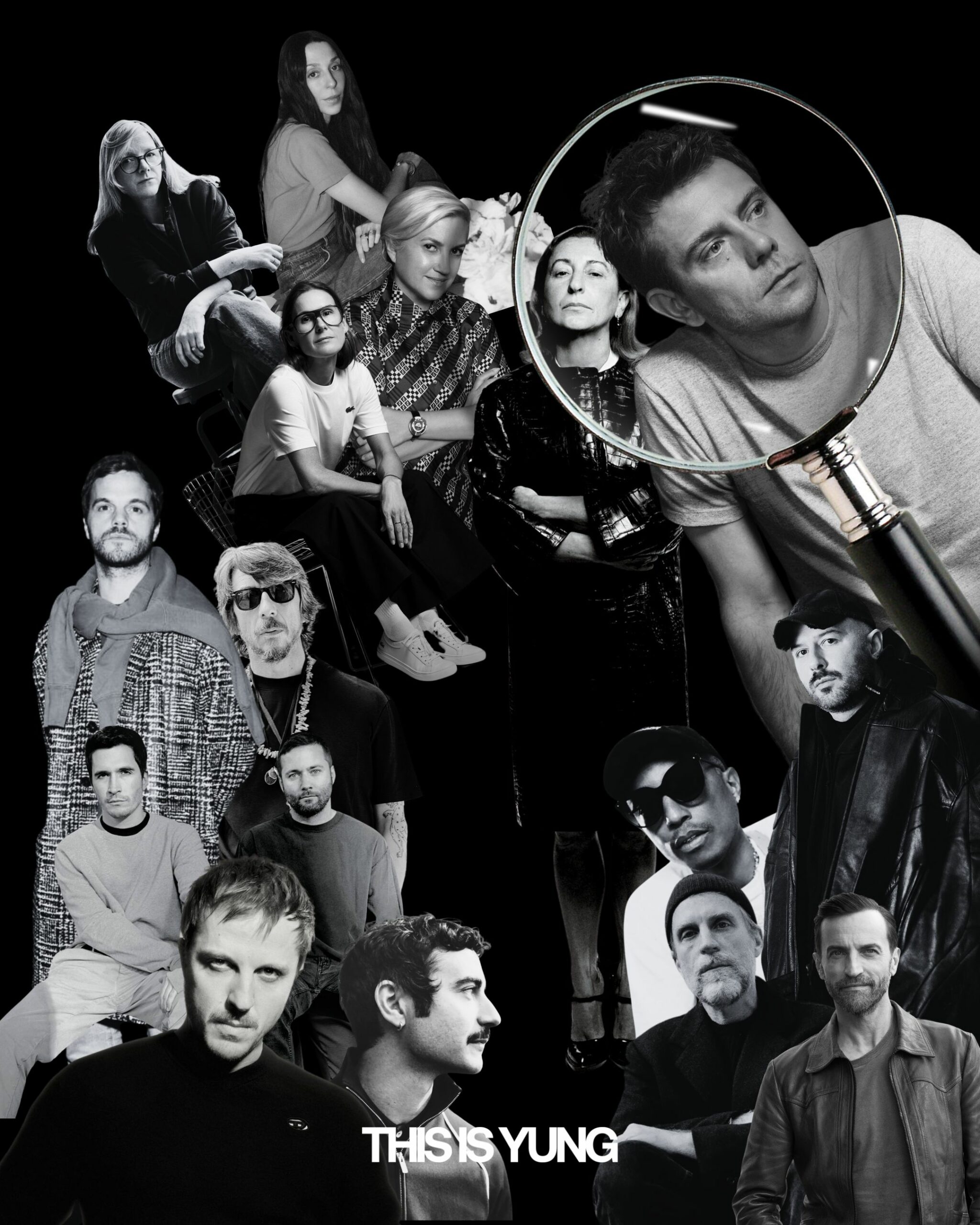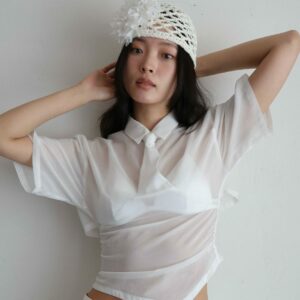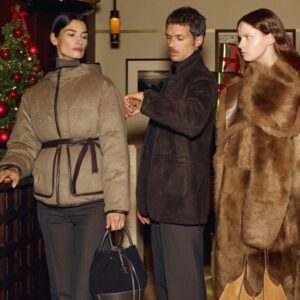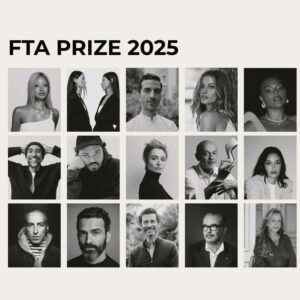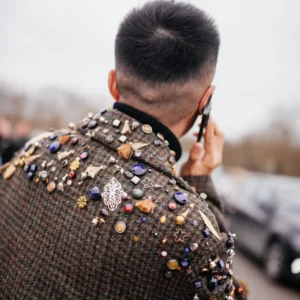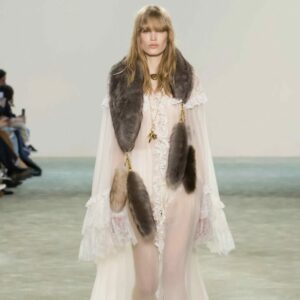Jonathan Anderson has just become the sole creative director of Dior—taking over from both Maria Grazia Chiuri and Kim Jones—as the house continues a tradition that has become almost uncomfortably familiar: the reins of one of the world’s most influential fashion labels handed, once again, to a man. Anderson’s talent is unquestionable—his work at Loewe has redefined contemporary luxury—but the optics are undeniable. He joins a near-unbroken lineage of male creative directors at Dior, with only the phenomenal Maria Grazia Chiuri standing out as the first woman to lead the house in its 70+ year history.
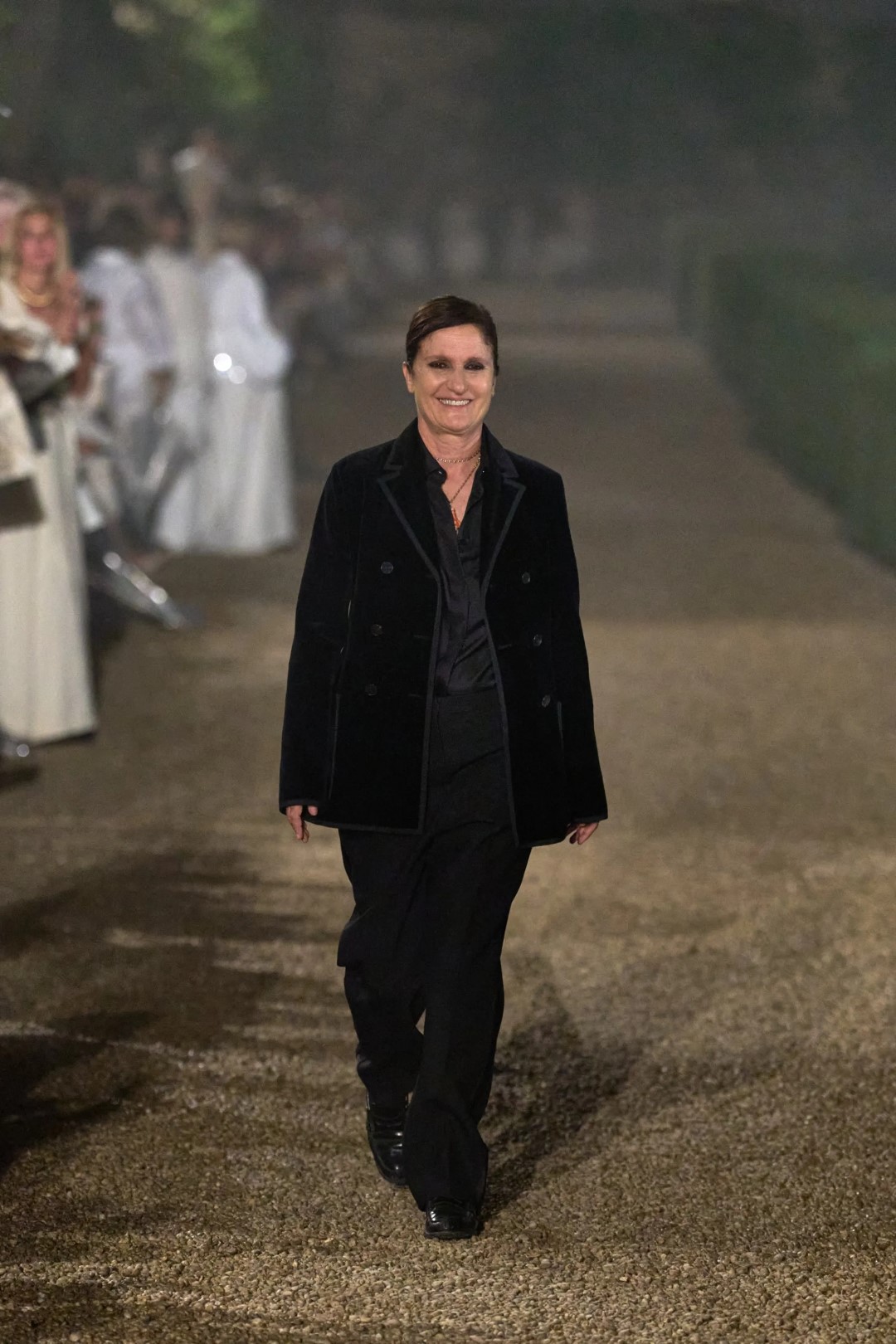
This isn’t a story about Anderson’s qualifications, or even Jonathan Anderson himself. It’s about the broader pattern that persists across fashion’s most powerful institutions: an industry that is overwhelmingly built by, marketed to, and inspired by women, yet it continues to place men in charge of deciding what women wear.
From Chanel to Gucci, Balenciaga to Valentino, 2024 and 2025 have seen the revolving door of creative leadership swing largely in one direction—toward male designers. Piccioli steps into Balenciaga. Demna takes over Gucci. Michele lands at Valentino. And while Sarah Burton’s long-awaited return to Givenchy and Chemena Kamali’s poetic revival of Chloé are welcome exceptions, they remain just that: exceptions.

The fashion world prides itself on pushing boundaries, on rethinking norms, on being the vanguard of cultural change. But when it comes to gender at the top, it behaves more like a legacy industry stuck in its own very expensive, very male echo chamber.
Walk into any fashion school, and the student body is overwhelmingly female. Check the consumer base of luxury fashion—again, female. The influencers, editors, stylists, and retail workers who hold up this entire ecosystem? Predominantly women. So why, when it comes to deciding the creative direction of the brands themselves, do the boardrooms keep circling back to the same shortlist of male designers?

Part of it is branding. Corporate stakeholders believe certain names bring with them a kind of creative capital: avant-garde cool, commercial stability, or critical acclaim. But behind that is a deeper, more entrenched narrative—the myth of the male artistic genius. It’s a story as old as fashion itself, dating back to Dior’s own founder, who famously brought “the New Look” to postwar Paris. Since then, the fashion canon has lionized Yves, Karl, Tom, Raf, Hedi, and so on. Women, when they break through, are often seen as stewards—keepers of house codes, emblems of sensibility—rarely as radical auteurs.
And when women do lead, they face scrutiny that is outsized, gendered, and frequently laced with impossible expectations. Maria Grazia Chiuri brought feminist messaging and intellectual rigor to Dior, reshaping its identity with embroidered manifestos and collections that blended political thought with couture craftsmanship. Yet she was routinely dismissed as too earnest, too commercial, too feminist. Compare that to the way male designers are often applauded for daring to be subversive or for pushing boundaries—even when the result veers into discomfort or absurdity.

It’s not that women don’t get a seat at the table. They’re just rarely sit at the head of the table.
Fashion doesn’t exist in a vacuum. The industry is feeling the pressure to address issues of diversity and equity across race, gender, and class. But if the past year is any indication, the top creative jobs—arguably the most public and prestigious roles in fashion—still favour the familiar. The safe choice. The same names in slightly different houses.
Change, of course, is possible. Phoebe Philo’s long-anticipated return to her own namesake label is a masterclass in creative autonomy. Kamali’s Chloé is earning the kind of early reverence that hints at a revival of soulful femininity. And women like Miuccia Prada, Rei Kawakubo, and Donatella Versace continue to hold their own among the industry’s titans. But for a field so defined by women’s lives and bodies, the question remains: when will the industry fully reflect its most essential contributors?
If fashion is about the future, it’s time to stop repeating the past.
For more stories of international fashion, like this look at Jonathan Anderson and Dior, visit our dedicated pages and follow us on Instagram.
